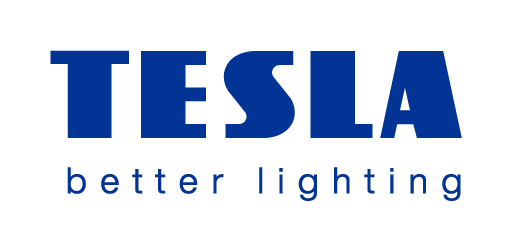TESLAbikář Energy label or how to read it
Episode 11 - The New Era of Eprel
In the third part of our series, we look at what the new energy labels look like and what has changed since the original labels. Consumers are most interested in how these new labels can help us save money and what new criteria they bring.
Major design changes:
A-G scale: a significant change is the return to the original A-G scale, replacing the original A+, A++ and A+++ classes. The most energy efficient bulbs are now rated "A", while the least energy efficient bulbs are rated "G".
Innovations in measurement methodology
Easier comparison: the new way of measuring per light cycle makes it easier to compare when using different types of bulbs.

Greater awareness
Enhanced information: the new labels not only provide information on electricity consumption, but also on other parameters such as water consumption, storage capacity, noise level, etc. Graphical signs: The graphical signs are designed to make it easier to compare appliances and allow consumers to make a more informed choice. We can also mention here the fact that the LED bulb almost immediately lights up at full power when switched on.
QR code for more information
Transparency through technology: Consumers can use a QR code to obtain additional non-commercial product information from the EPREL database, which provides detailed technical documentation.
EPREL database: manufacturers are obliged to register their products in the EPREL database, allowing consumers to compare products according to precise technical specifications.
New energy labels are not just a decoration for appliances - they are the key to making more informed and sustainable choices. Follow our series and stay up to date with the latest energy efficiency trends!

